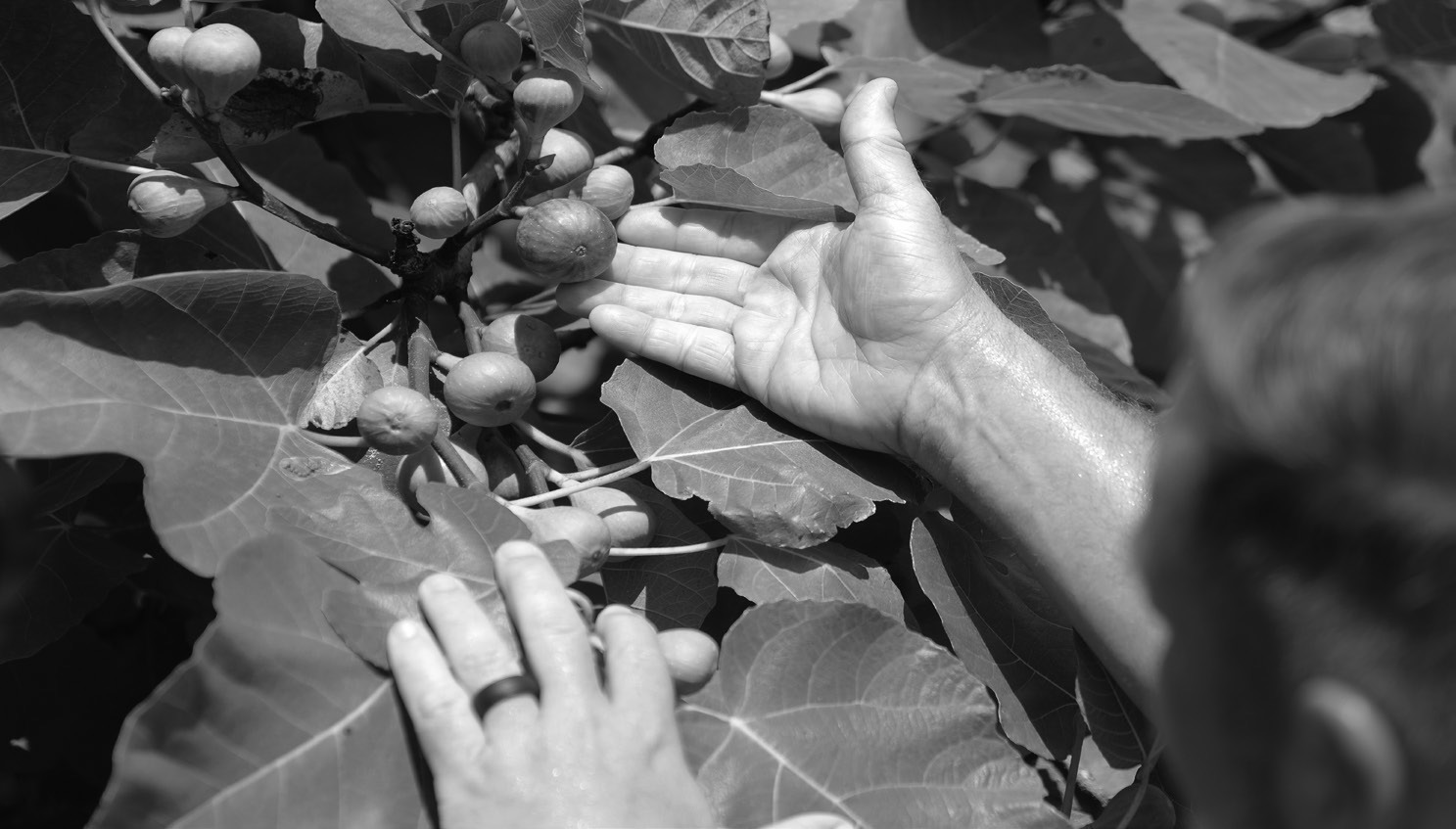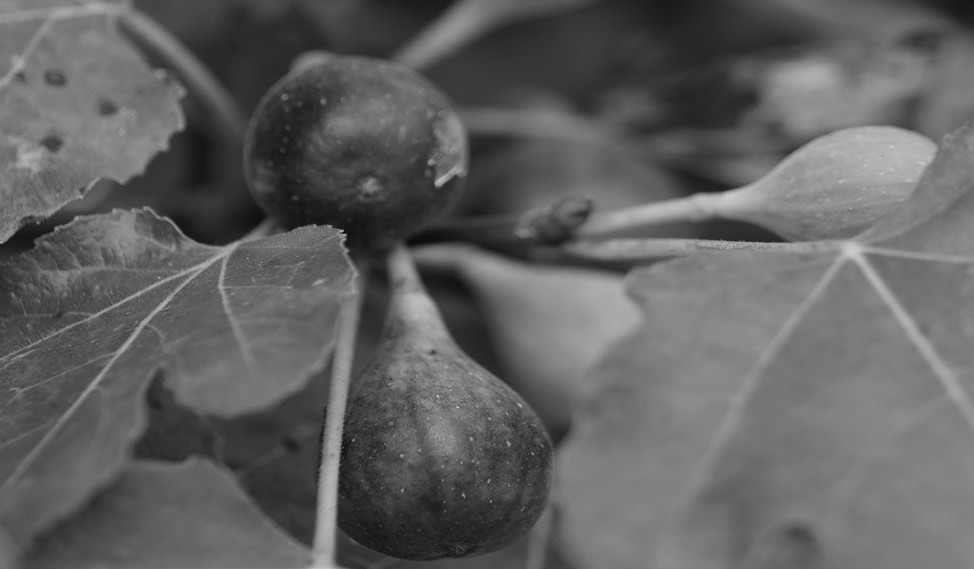Get it growing
Olivia McClure LSU AgCenter
The figs are green, plump and plentiful. Yes, it’s almost fig harvest season in Louisiana, and soon it will be time to use the delicious, nutritious fruit in preserves, baked treats and other goodies.
While you may have noticed a few ripe figs on your trees already, most figs will ripen in early July in Louisiana. This can vary, however, depending on a few factors.
“Usually, north Louisiana is a little bit later than we are here in south Louisiana, but that’s not always the case,” said LSU Ag-Center horticulturist Jason Stagg. “Sometimes, rain and cloudy weather will slow down the ripening in some parts of the state. Also, it depends on what type of winter you may have had.”
This past winter was harsh, bringing extended freezes and even snow to Louisiana. Many fig trees suffered in these chilly conditions. Here’s the good news: Figs produce fruit on new growth, so winter-damaged trees can still yield a decent crop for you this summer.
As peak fig season draws closer, Stagg offers these tips for a successful harvest: Check trees daily. Figs can ripen — and become overripe — quickly. Remember that birds are likely carefully watching your trees, and they may beat you to the ripe figs!
Pay attention to color changes. The fruit of some common Louisiana fig cultivars darkens as it ripens. LSU Purple figs, for instance, display a glossy, dark purple hue when ripe. Tiger figs develop prominent stripes while ripening; they fade once the fruit matures.
Look for drooping figs. Some figs droop downward when ripe.
Touch the fruit. Not all figs show obvious signs of ripening. Some, including the popular LSU Gold cultivar, remain green throughout much of the process, taking on a yellow tinge only at the last minute. This makes it hard to tell when they are ripe, so you’ll need to gently squeeze these figs to check whether they’re ready to be picked. “A ripe fig should feel sort of like a ripe avocado,” Stagg said. “It should depress a little bit, but not too much, but also not be too firm.”
Harvest ripe figs before it rains. If rain is in the forecast or you see a pop-up afternoon thunderstorm heading your way, go ahead and pick your ripe figs. They tend to split and sour when they become wet. This also is the time of year for diseases to show up on fig trees. The most common, fig leaf rust, causes brown spots to form on leaves. Fortunately, Stagg said, rust will not affect the quality of the harvest, and it typically does not warrant treatment. If you want to apply a fungicide to address the issue, wait until after harvest.
You can limit the spread of rust and other problems by raking up fallen, diseased leaves and by watering trees at ground level rather than from overhead. Speaking of watering, be sure your trees are getting adequate water to help them survive the hot summer and be as fruitful as possible.



